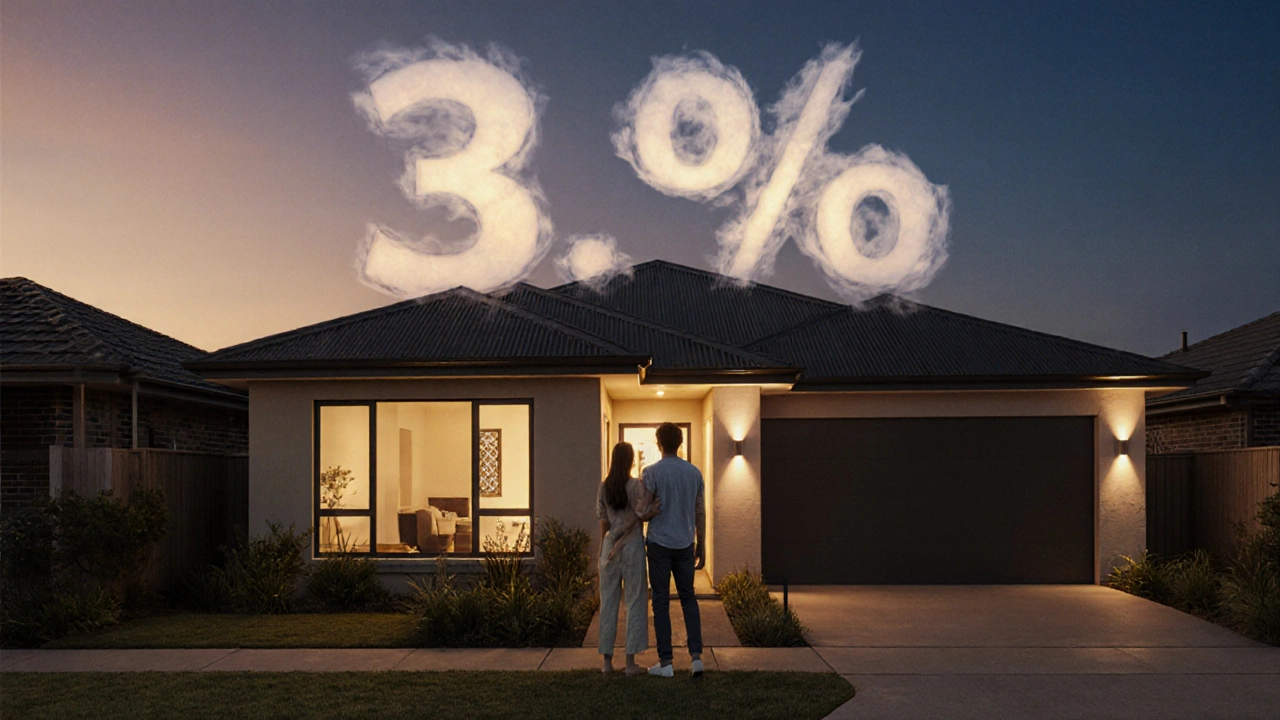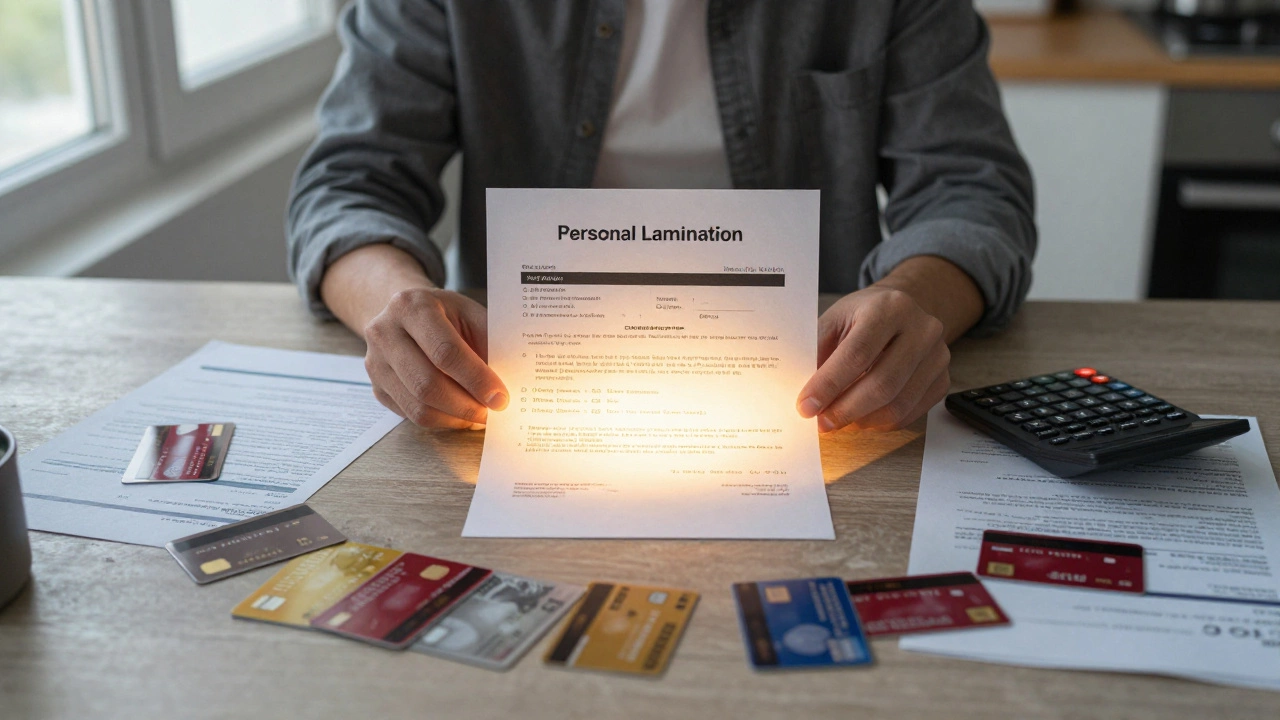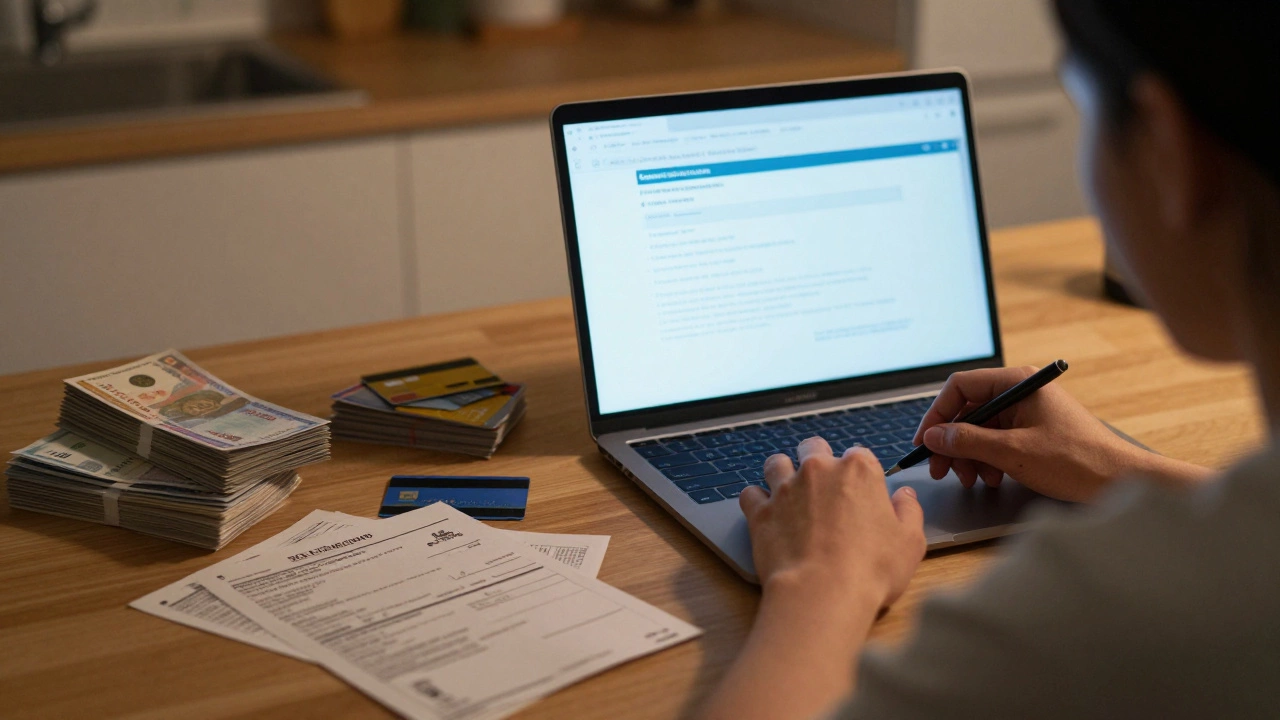Mortgage Rates – What You Need to Know
When talking about mortgage rates, the percentage cost you pay to borrow money for a home. Also known as home loan rates, they dictate monthly payments and total interest over the loan’s life.
Understanding interest rates, the baseline percentage set by central banks and lenders is the first step to grasp why mortgage rates rise or fall. When the Bank of England lifts its base rate, lenders usually bump up their mortgage rates to protect profit margins. Conversely, a rate cut can shave points off the APR you’re offered. Speaking of APR, the Annual Percentage Rate, the total cost of borrowing including fees and compounding gives a clearer picture than the headline rate alone. Keeping an eye on mortgage rates can save you thousands over the life of a loan because a 0.5% change on a £250,000 mortgage translates to roughly £400 a month.
Another driver is your credit score, the numeric representation of your creditworthiness. Lenders use it to assess risk; a higher score usually earns a lower rate. If your score moves from 620 to 750, you might see a drop of 0.75% to 1% in the offered rate. That gap often outweighs short‑term market swings. Alongside credit score, the loan‑to‑value (LTV) ratio matters. Borrowing 80% of the property value is seen as safer than 95%, so the former often qualifies for better rates. Even if rates rise nationally, a low LTV can lock you into a more favorable deal.
Key Factors That Drive Mortgage Rates
Mortgage products come in several flavors. A fixed‑rate mortgage locks the interest for the entire term – great if you want predictability. A variable or tracker mortgage follows the base rate, so payments can drop when the market eases but will rise if rates climb. Discount mortgages offer a lower rate for an introductory period before reverting to the lender’s standard variable rate. Each type reacts differently to the three main forces we’ve discussed: central bank moves, credit profile, and loan structure. For example, a tracker loan will mirror a base‑rate hike within days, while a fixed‑rate buyer is insulated but may pay a premium upfront.
If you already own a home, tapping into home equity, the portion of the property you truly own can be a smart way to refinance. By borrowing against equity when rates dip, you can replace a higher‑rate loan with a cheaper one, lowering monthly outgo and total interest. Just watch the costs: arrangement fees, early‑repayment penalties, and the impact on your LTV. A well‑timed equity‑release can shave a few percentage points off your effective rate, especially if your credit score has improved since the original loan.
So, what should you do next? First, check your credit score and address any inaccuracies. Second, compare the APR of several lenders, not just the headline rate. Third, consider the loan‑to‑value ratio you’re comfortable with – a larger deposit can unlock better rates. Fourth, decide whether a fixed, variable, or hybrid mortgage aligns with your risk tolerance and future plans. Finally, keep an eye on economic news; a sudden policy shift can change the playing field overnight.
Below you’ll find a curated collection of articles that break down each of these points in detail, give you current market snapshots, and show step‑by‑step how to act on the information. Dive in to turn the complex world of mortgage rates into a set of simple, actionable choices.

Can Mortgage Rates Drop Back to 3%? What the Market Says
Explore if Australian mortgage rates can ever fall back to 3%, understand the forces at play, and learn smart steps for homebuyers in 2025.





